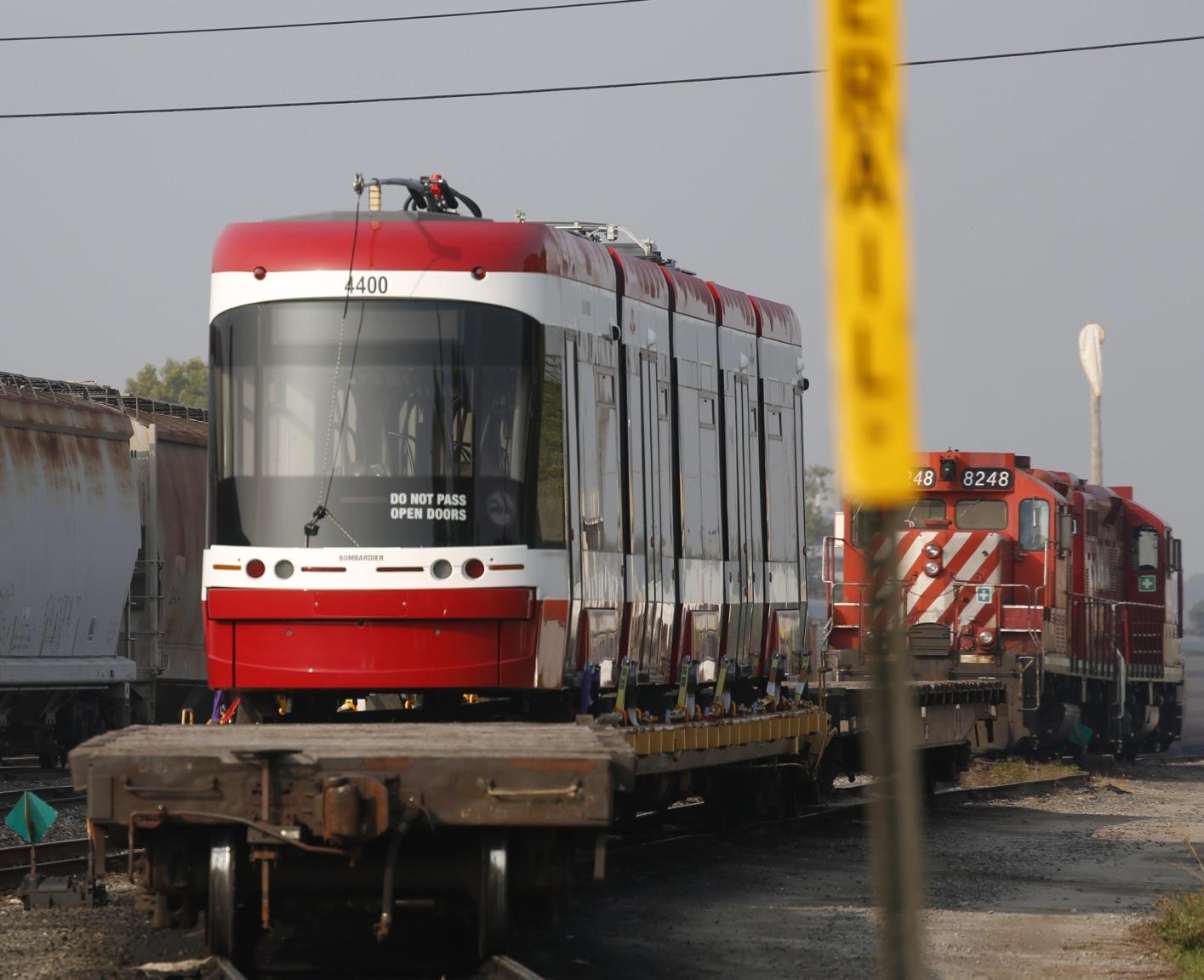Hipster Duck
Senior Member
The worst was the BMO wrap. A CLRV is quite striking for a 35 year-old, but when it was wrapped in white it accentuated all the dated window frames and made it look as old as a PCC.
---
Anyway, that photo of the new streetcar at Lambton yards is quite exciting. Are a batch coming in, or did they just deliver one initially to sort out teething problems, etc?
---
Anyway, that photo of the new streetcar at Lambton yards is quite exciting. Are a batch coming in, or did they just deliver one initially to sort out teething problems, etc?





